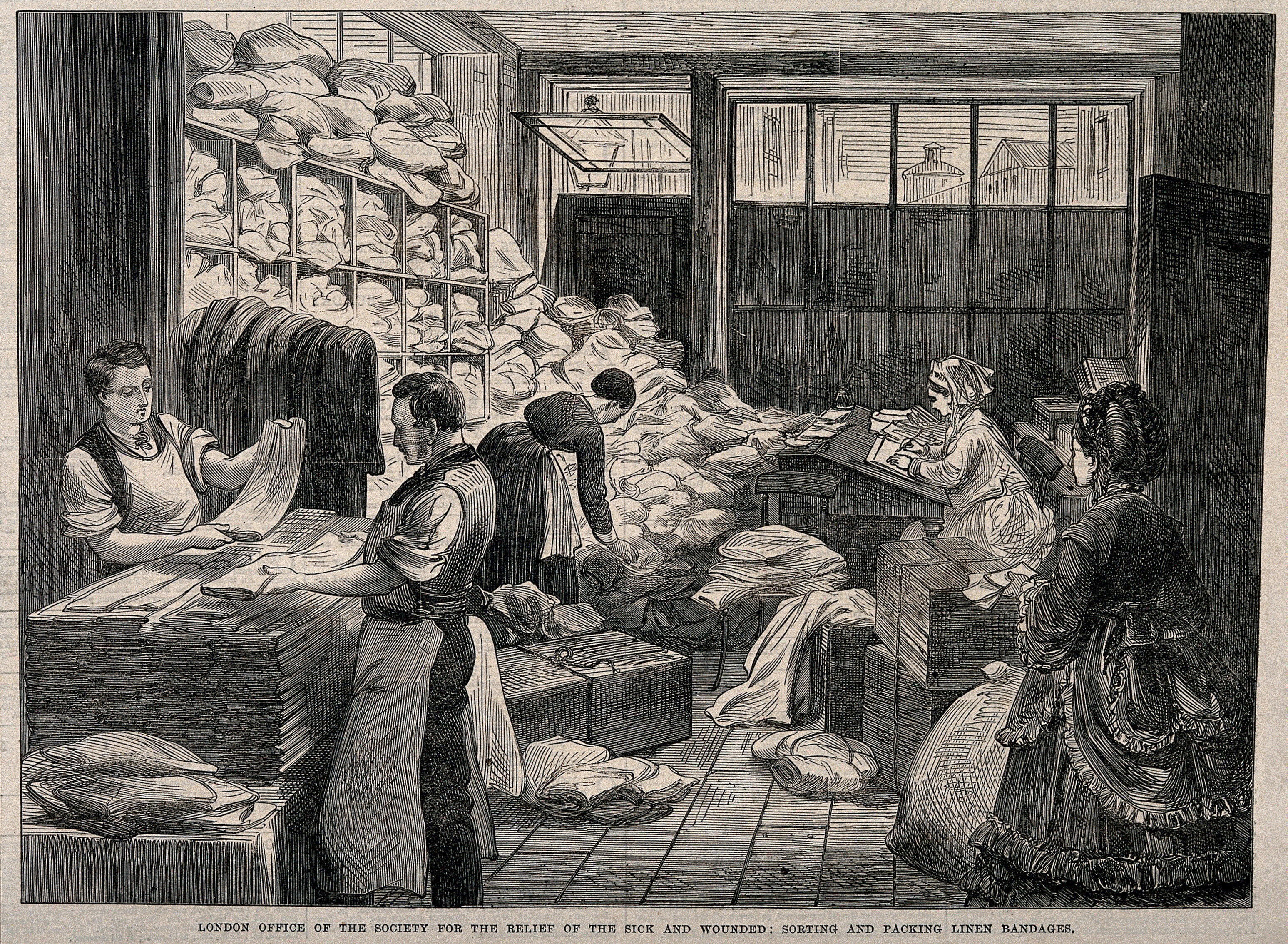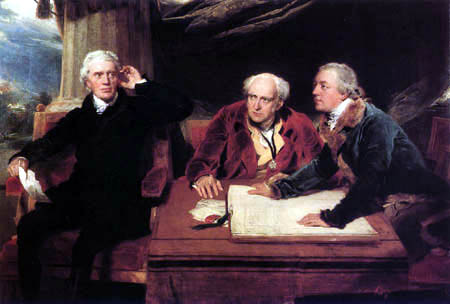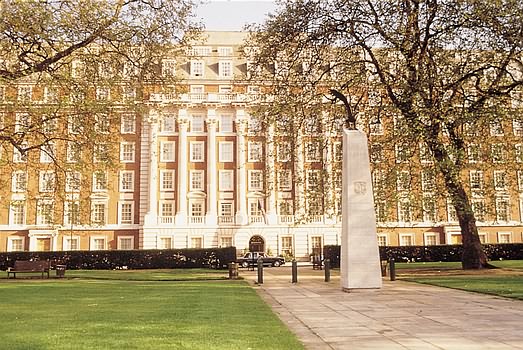|
Dartmouth House
Dartmouth House is a Georgian house in Mayfair, central London, England. It now serves as the headquarters of the English-Speaking Union (ESU), an educational charity. It is located at 37 Charles Street, southwest of Berkeley Square. Over 40,000 people use the building each year. The original building was constructed in the mid 18th-century; what today comprises Dartmouth House was two separate residences, numbers 37 and 38 Charles Street.37 and 38, Charles Street W1, Westminster British Listed Buildings. Retrieved 13 February 2016. The first owner of number 37 was Henry Herbert, 2nd Earl of Carn ...
[...More Info...] [...Related Items...] OR: [Wikipedia] [Google] [Baidu] |
Georgian Architecture
Georgian architecture is the name given in most English-speaking countries to the set of architectural styles current between 1714 and 1830. It is named after the first four British monarchs of the House of Hanover—George I, George II, George III, and George IV—who reigned in continuous succession from August 1714 to June 1830. The so-called great Georgian cities of the British Isles were Edinburgh, Bath, pre-independence Dublin, and London, and to a lesser extent York and Bristol. The style was revived in the late 19th century in the United States as Colonial Revival architecture and in the early 20th century in Great Britain as Neo-Georgian architecture; in both it is also called Georgian Revival architecture. In the United States the term "Georgian" is generally used to describe all buildings from the period, regardless of style; in Britain it is generally restricted to buildings that are "architectural in intention", and have stylistic characteristics that are typical o ... [...More Info...] [...Related Items...] OR: [Wikipedia] [Google] [Baidu] |
William Legge, 6th Earl Of Dartmouth
William Heneage Legge, 6th Earl of Dartmouth, (6 May 1851 – 11 March 1936), styled Viscount Lewisham between 1853 and 1891, was a British peer and Conservative politician. He served as Vice-Chamberlain of the Household between 1885 and 1886 and again between 1886 and 1891. Background and education Born at Westminster, London, Dartmouth was the eldest son of William Legge, 5th Earl of Dartmouth, and Lady Augusta, daughter of Heneage Finch, 5th Earl of Aylesford. Sir Henry Legge was his younger brother. He was educated at Eton College and Christ Church, Oxford. On 7 May 1868, he was commissioned an ensign in the 27th Staffordshire Rifle Volunteer Corps, and was promoted from lieutenant to captain on 19 August 1874. Later promoted to major in the 1st Volunteer Battalion of the South Staffordshire Regiment, he resigned his commission on 20 December 1884. He played first-class cricket for Marylebone Cricket Club in 1877, and was a county cricketer for Shropshire between 1869 a ... [...More Info...] [...Related Items...] OR: [Wikipedia] [Google] [Baidu] |
Houses In The City Of Westminster
A house is a single-unit residential building. It may range in complexity from a rudimentary hut to a complex structure of wood, masonry, concrete or other material, outfitted with plumbing, electrical, and heating, ventilation, and air conditioning systems.Schoenauer, Norbert (2000). ''6,000 Years of Housing'' (rev. ed.) (New York: W.W. Norton & Company). Houses use a range of different roofing systems to keep precipitation such as rain from getting into the dwelling space. Houses may have doors or locks to secure the dwelling space and protect its inhabitants and contents from burglars or other trespassers. Most conventional modern houses in Western cultures will contain one or more bedrooms and bathrooms, a kitchen or cooking area, and a living room. A house may have a separate dining room, or the eating area may be integrated into another room. Some large houses in North America have a recreation room. In traditional agriculture-oriented societies, domestic animals such as ... [...More Info...] [...Related Items...] OR: [Wikipedia] [Google] [Baidu] |
Grade II* Listed Houses In London
Grade most commonly refers to: * Grade (education), a measurement of a student's performance * Grade, the number of the year a student has reached in a given educational stage * Grade (slope), the steepness of a slope Grade or grading may also refer to: Music * Grade (music), a formally assessed level of profiency in a musical instrument * Grade (band), punk rock band * Grades (producer), British electronic dance music producer and DJ Science and technology Biology and medicine * Grading (tumors), a measure of the aggressiveness of a tumor in medicine * The Grading of Recommendations Assessment, Development and Evaluation (GRADE) approach * Evolutionary grade, a paraphyletic group of organisms Geology * Graded bedding, a description of the variation in grain size through a bed in a sedimentary rock * Metamorphic grade, an indicatation of the degree of metamorphism of rocks * Ore grade, a measure that describes the concentration of a valuable natural material in the surroundi ... [...More Info...] [...Related Items...] OR: [Wikipedia] [Google] [Baidu] |
Grade II* Listed Buildings In The City Of Westminster
London is divided into 32 boroughs and the City of London. As there are 1,387 Grade II* listed buildings in London they have been split into separate lists for each borough. See also * Grade I listed buildings in London * Grade II listed buildings in London * :Grade II* listed buildings in London ReferencesNational Heritage List for England {{DEFAULTSORT:Grade II listed buildings in London London
London is the capital and largest city of England and the United K ...
[...More Info...] [...Related Items...] OR: [Wikipedia] [Google] [Baidu] |
Listed Building
In the United Kingdom, a listed building or listed structure is one that has been placed on one of the four statutory lists maintained by Historic England in England, Historic Environment Scotland in Scotland, in Wales, and the Northern Ireland Environment Agency in Northern Ireland. The term has also been used in the Republic of Ireland, where buildings are protected under the Planning and Development Act 2000. The statutory term in Ireland is " protected structure". A listed building may not be demolished, extended, or altered without special permission from the local planning authority, which typically consults the relevant central government agency, particularly for significant alterations to the more notable listed buildings. In England and Wales, a national amenity society must be notified of any work to a listed building which involves any element of demolition. Exemption from secular listed building control is provided for some buildings in current use for worship, ... [...More Info...] [...Related Items...] OR: [Wikipedia] [Google] [Baidu] |
Stanley Baldwin
Stanley Baldwin, 1st Earl Baldwin of Bewdley, (3 August 186714 December 1947) was a British Conservative Party politician who dominated the government of the United Kingdom between the world wars, serving as prime minister on three occasions, from May 1923 to January 1924, from November 1924 to June 1929, and from June 1935 to May 1937. Born to a prosperous family in Bewdley, Worcestershire, Baldwin was educated at Hawtreys, Harrow School and Trinity College, Cambridge. He joined the family iron and steel making business and entered the House of Commons in 1908 as the member for Bewdley, succeeding his father Alfred. He served as Financial Secretary to the Treasury (1917–1921) and President of the Board of Trade (1921–1922) in the coalition ministry of David Lloyd George and then rose rapidly: in 1922, Baldwin was one of the prime movers in the withdrawal of Conservative support from Lloyd George; he subsequently became Chancellor of the Exchequer in Bonar Law's Conserva ... [...More Info...] [...Related Items...] OR: [Wikipedia] [Google] [Baidu] |
Earl Of Crawford
Earl of Crawford is one of the most ancient extant titles in Great Britain, having been created in the Peerage of Scotland for Sir David Lindsay in 1398. It is the premier earldom recorded on the Union Roll. Early history Sir David Lindsay, who married Elizabeth Stewart, Countess of Crawford, a daughter of Robert II, was the 10th baron of Crawford, Lanarkshire. In 1398 he was given the title of Earl of Crawford, along with Crawford Castle, by Robert. The title descended to the first Earl's descendants without much incident, until the death of David Lindsay, 8th Earl of Crawford, in 1542. The eighth Earl had a son, Alexander, commonly called the ''Wicked Master'', who frequently quarrelled with his father and even tried to murder him. The Wicked Master was sentenced to death for his crime, and the eighth Earl conveyed his title to a cousin, also called David Lindsay, a descendant of the third Earl of Crawford, and excluded from the succession all of the Wicked Master's descenda ... [...More Info...] [...Related Items...] OR: [Wikipedia] [Google] [Baidu] |
Military Hospital
A military hospital is a hospital owned and operated by a military. They are often reserved for the use of military personnel and their dependents, but in some countries are made available to civilians as well. They may or may not be located on a military base; many are not. In the United Kingdom and Germany, British military hospitals have been closed; military personnel are usually treated in a special wing of a designated civilian hospital, in the UK, these are referred to as a Ministry of Defence Hospital Unit. Service personnel injured in combat operations are normally treated at the Royal Centre for Defence Medicine. Examples Asia Azerbaijan * Central Clinical Hospital * Baku Military Garrison Hospital * Military Hospital of Frontiers * Central Customs Hospital * Hospital of the Ministry of Internal Affairs * Central Military Hospital * Military Hospital of the Ministry of National Security * Polyclinic of the Army Medical Department of the Ministry of National Sec ... [...More Info...] [...Related Items...] OR: [Wikipedia] [Google] [Baidu] |
British Red Cross
The British Red Cross Society is the United Kingdom body of the worldwide neutral and impartial humanitarian network the International Red Cross and Red Crescent Movement. The society was formed in 1870, and is a registered charity with more than 17,200 volunteers and 3,400 staff. At the heart of their work is providing help to people in crisis, both in the UK and overseas. The Red Cross is committed to helping people without discrimination, regardless of their ethnic origin, nationality, political beliefs or religion. Queen Elizabeth II was the patron of the society until Death and state funeral of Elizabeth II, her death on 8 September 2022. In the year ending December 2019, the charity's income was £244.9million, which included £68.7M from government contracts and grants. It spent £197.5M (80%) of its income delivering its charitable activities. Guiding ethos The mission of the British Red Cross is to mobilise the power of humanity so that individuals and communities ... [...More Info...] [...Related Items...] OR: [Wikipedia] [Google] [Baidu] |
Barings Bank
Barings Bank was a British merchant bank based in London, and one of England's List of oldest banks in continuous operation, oldest merchant banks after Berenberg Bank, Barings' close collaborator and German representative. It was founded in 1762 by Sir Francis Baring, 1st Baronet, Francis Baring, a British-born member of the German-British Baring family of merchants and bankers. The bank collapsed in 1995 after suffering losses of £827 million (£ billion in ) resulting from fraudulent investments, primarily in futures contracts, conducted by its employee Nick Leeson, working at its office in Singapore. History 1762–1889 Barings Bank was founded in 1762 as the John and Francis Baring Company by Sir Francis Baring, 1st Baronet, with his older brother John Baring (1730–1816), John Baring as a mostly silent partner. They were sons of Johann Baring, John (né Johann) Baring, wool trader of Exeter, born in Bremen, Germany. The company started business in offices off Cheapsid ... [...More Info...] [...Related Items...] OR: [Wikipedia] [Google] [Baidu] |
Mayfair
Mayfair is an affluent area in the West End of London towards the eastern edge of Hyde Park, in the City of Westminster, between Oxford Street, Regent Street, Piccadilly and Park Lane. It is one of the most expensive districts in the world. The area was originally part of the manor of Eia and remained largely rural until the early 18th century. It became well known for the annual "May Fair" that took place from 1686 to 1764 in what is now Shepherd Market. Over the years, the fair grew increasingly downmarket and unpleasant, and it became a public nuisance. The Grosvenor family (who became Dukes of Westminster) acquired the land through marriage and began to develop it under the direction of Thomas Barlow. The work included Hanover Square, Berkeley Square and Grosvenor Square, which were surrounded by high-quality houses, and St George's Hanover Square Church. By the end of the 18th century, most of Mayfair was built on with upper-class housing; unlike some nearby areas ... [...More Info...] [...Related Items...] OR: [Wikipedia] [Google] [Baidu] |







